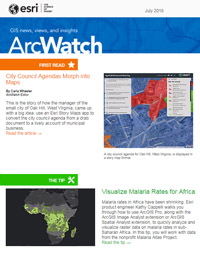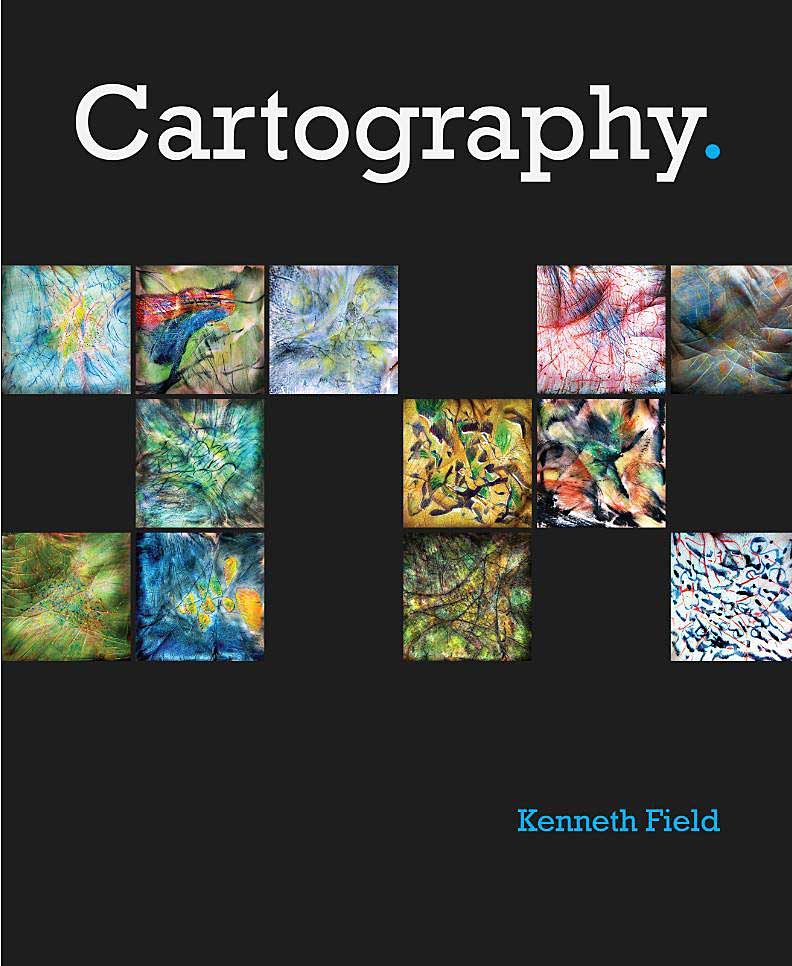
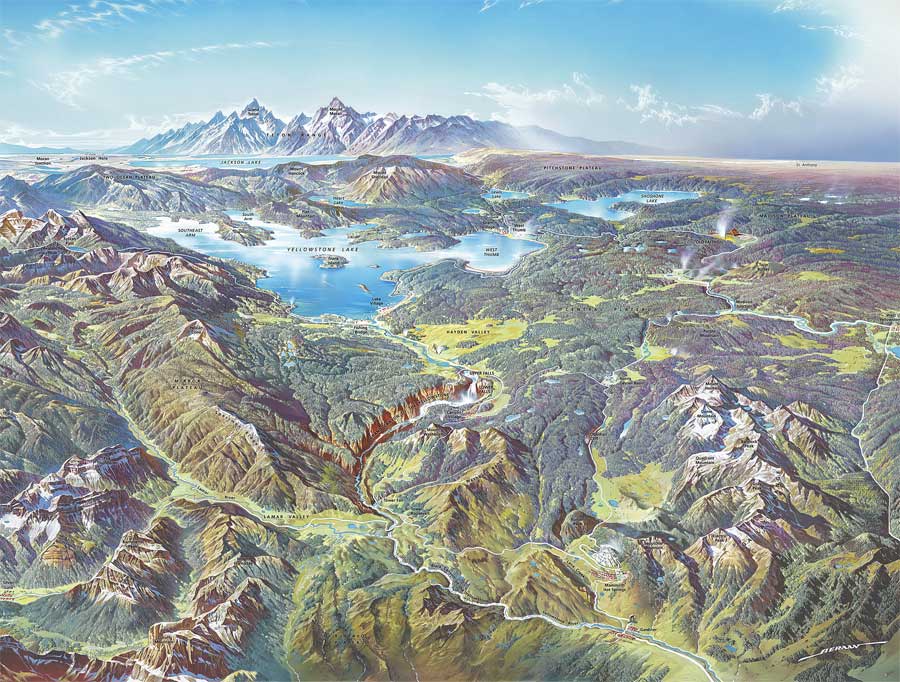
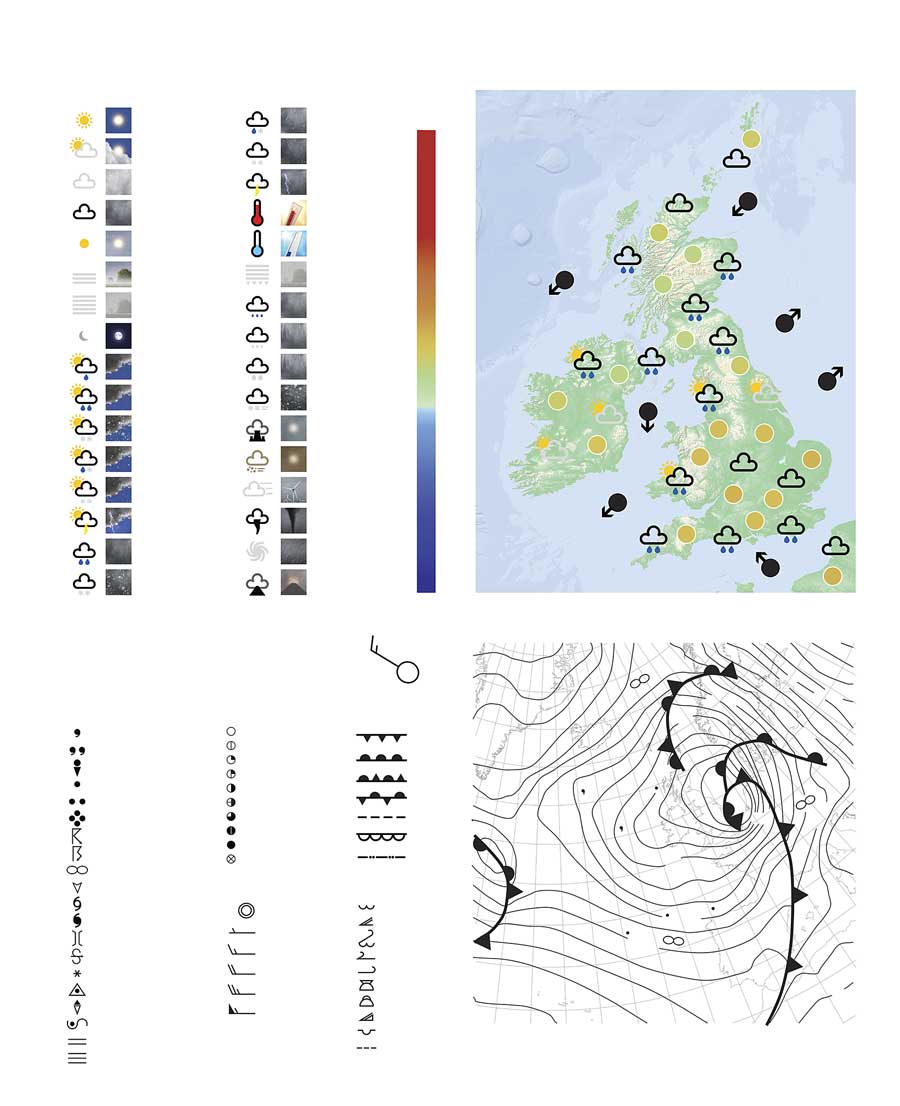
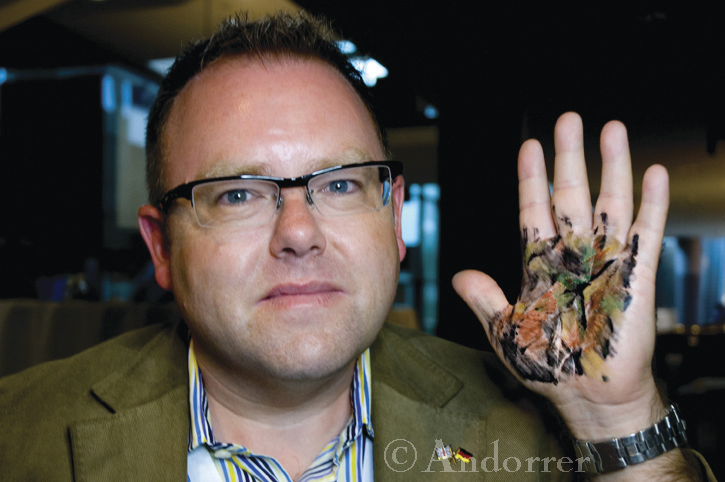
Everything you need to know about how to create well-designed maps can be found in the beautifully illustrated pages of Cartography., Kenneth Field’s new book from Esri Press.
Cartography. covers more than 250 topics of interest to anyone who makes maps, from GIS professionals to visual artists. Field, an award-winning cartographer who works at Esri, presents invaluable information on traditional topographic and thematic cartography, digital mapping, democratized mapping, fantasy mapping, and new mapping mediums. In Cartography., you will find sections on animation, atlases, binning, cartograms, contours, digital data, dot density maps, flow maps, heat maps, mental maps, schematic maps, shaded relief, symbols, temporal maps, vignettes, waffle grids, weather maps, and many other topics.
The book is a reference guide to map design, rather than a linear, how-to tutorial on mapmaking or a deep-dive discourse on underlying theory. “Cartography doesn’t need to be hard, and more than anything, this book is about encouraging thought,” Field wrote in the book’s preface. “There’s plenty of what might be called rules, but these are just guidelines for cartography developed from decades of practice and people working out what works and why. Maps should be objective and have scientific rigor, but there’s plenty of scope for creativity.” It is this thinking that is key to the book’s philosophy and that drives smarter mapmaking.
The book includes a wide variety of maps and illustrations by Field and his Esri colleagues Wesley Jones and John Nelson, with additional contributions from dozens of academics and cartography practitioners. Examples of the published maps include atlases, fantasy maps, unique values maps, thematic maps, strip maps, temporal maps, and topographic maps.
Field holds a PhD in GIS and a bachelor of science degree in cartography and geography. Before joining Esri seven years ago as a senior cartographic product engineer, Field was director of GIS courses at Kingston University and the University of Northampton in the United Kingdom. Cartography. is a culmination of knowledge gained from nearly 30 years’ research and work inside and outside academia. This blend of academic and commercial experience gives Field a unique perspective on modern cartography: what works, what doesn’t work, and what can be shared to support everyone’s need for making great maps that inspire and—crucially—communicate.
Cartography. is educational and aspirational. In the book’s foreword, Roger Anson, Field’s mentor and the former head of cartography at Oxford Brookes University in the United Kingdom, said that Cartography. should be required reading for cartography students and anyone who needs to make a map. “It’s not a traditional textbook,” Anson wrote. “It’s a wonderful collection of all that Ken has learnt and the thinking he’s developed along his cartographic journey so far.”
Why is there a period—or, like Field says, a full stop—at the end of the title Cartography.?
“This book is boldly intended as a one-stop shop for cartography. It’s thebook for aspiring mapmakers that can act as a guide and a grounding in the ideas that support better mapping,” Field said. “It’s also the handy reference for those [mapmakers who are] more experienced.”
Cartography. is available in softcover (ISBN: 9781589484399, 576 pages, US$94.99) and in hardcover (ISBN: 9781589485020, 576 pages, US$129.99). Both editions can be obtained from most online retailers worldwide.
